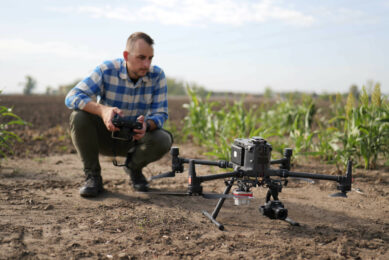What to look for when buying your first application drone

Most farmers will be taking a step into unknown territory when they buy their first application drone. As well as having a lot to learn, buyers are also likely to be dealing with suppliers they have not used before. Time invested in preparation and research will help you avoid making costly mistakes.
Probably the most important question to ask yourself when you first consider buying a spray drone is this: Do I really need to buy one? “Quite apart from the investment, you will need the necessary flying and application qualifications,” explains Dr Dan Martin, an experienced user and a research engineer at the US Department of Agriculture’s Aerial Application Technology Research Unit in Texas.
Text continues underneath image
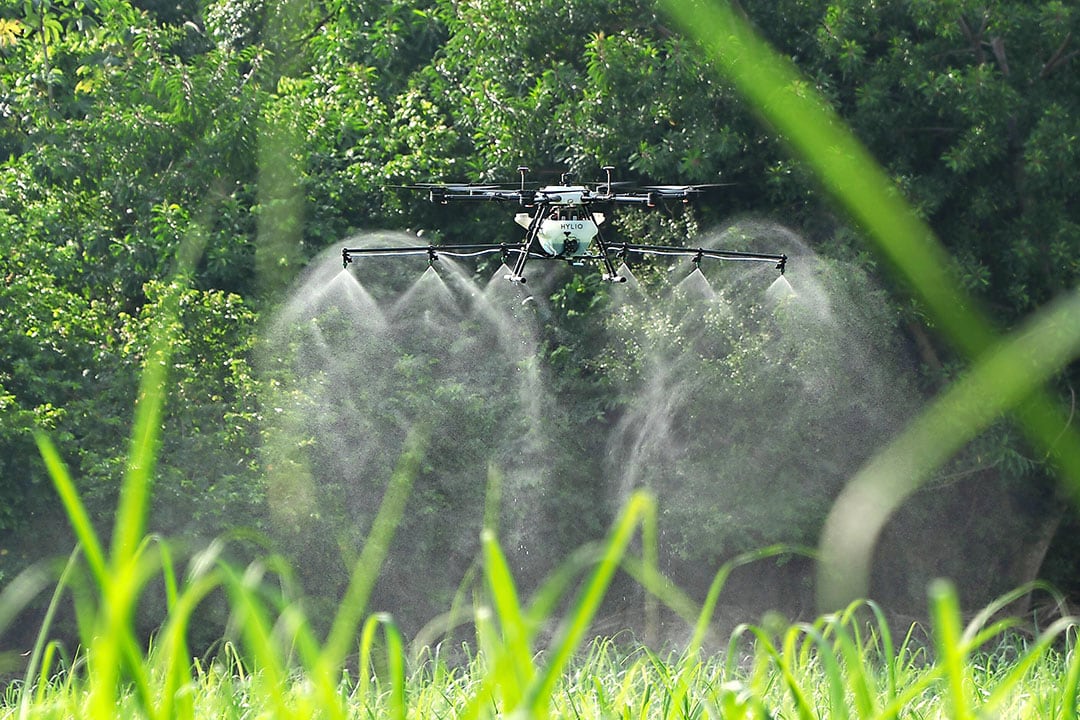
Rules and regulations
While use of spray application drones has grown exponentially across the globein the past two years, this has largely been the result of the introduction of proper rules and regulations governing their use. Both the USA and China, probably now the two largest markets, have strict regulations governing spray applications from drones.
Check out the Future Farming application drone catalogue!
Interestingly, the rules in both countries are broadly the same, and are now tending to be adopted by other countries. These rules apply to drones weighing less than 55 lbs (25 kg), which can only be operated in Visual Line of Sight (VLOS). In the USA, operators first need to acquire a Part 107 from the Federal Aviation Administration (FAA), for a remote pilot certificate. They also require a Part 137 certification for aerial pesticide applications and must apply for exemptions for unmanned operation. Separate Departments of Agriculture regulate pesticide applications in each state, and drone sprayer pilots will need to have this agricultural certificate.
Text continues underneath image
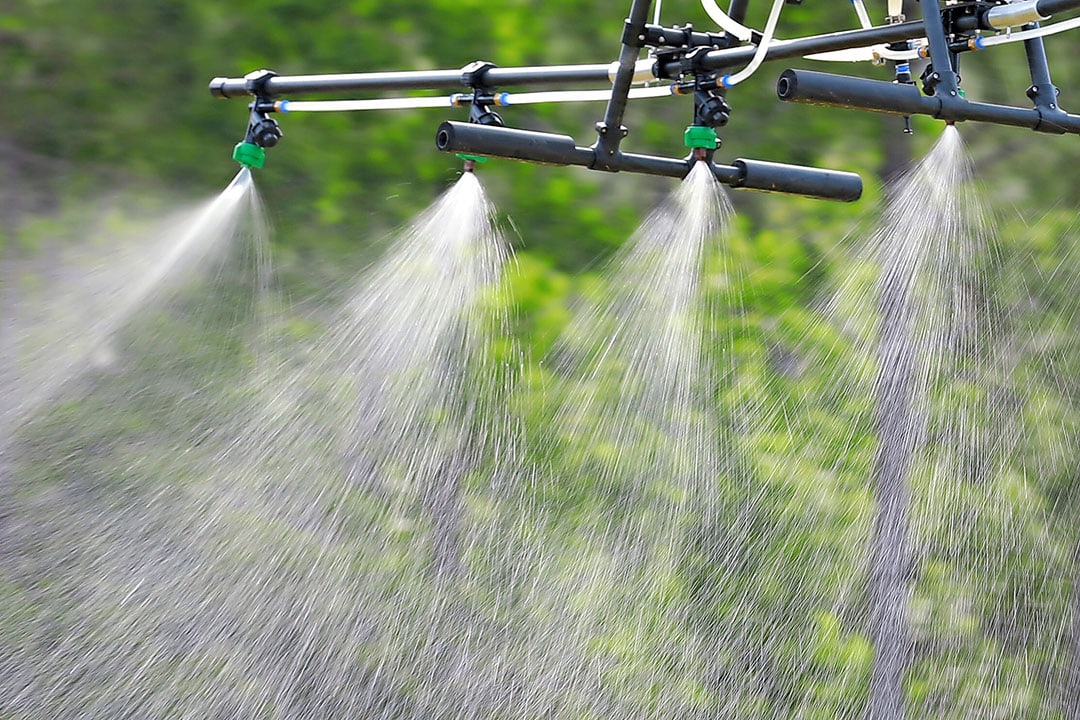
Is training included?
Your next most important consideration is to look at the support and training you will receive post-purchase. Don’t sacrifice support and training for a cheaper price, advises Dan. “Operating a spray drone requires skill and expertise – which few farmers and new users will have. To gain experience all new users will need proper training and must make numerous practice flights.”
Without decent support even the tiniest difficulty can keep the drone on the ground
Is the training provided by the same supplier or outside contractor, will it be on-site, at their premises or elsewhere? These are key considerations. Also, when you are up and running, you need to be able to rely on the supplier to quickly respond to any problems. Applying sprays at exactly the right time has a huge influence of application efficacy. You can’t afford to waste time waiting for support to arrive. “It doesn’t matter how good you are, or what type of drone you have, without decent support even the tiniest difficulty can keep it on the ground,” he adds. “It’s fairly sophisticated tech – if something goes wrong it usually happens at the worse possible time.”
Text continues underneath image
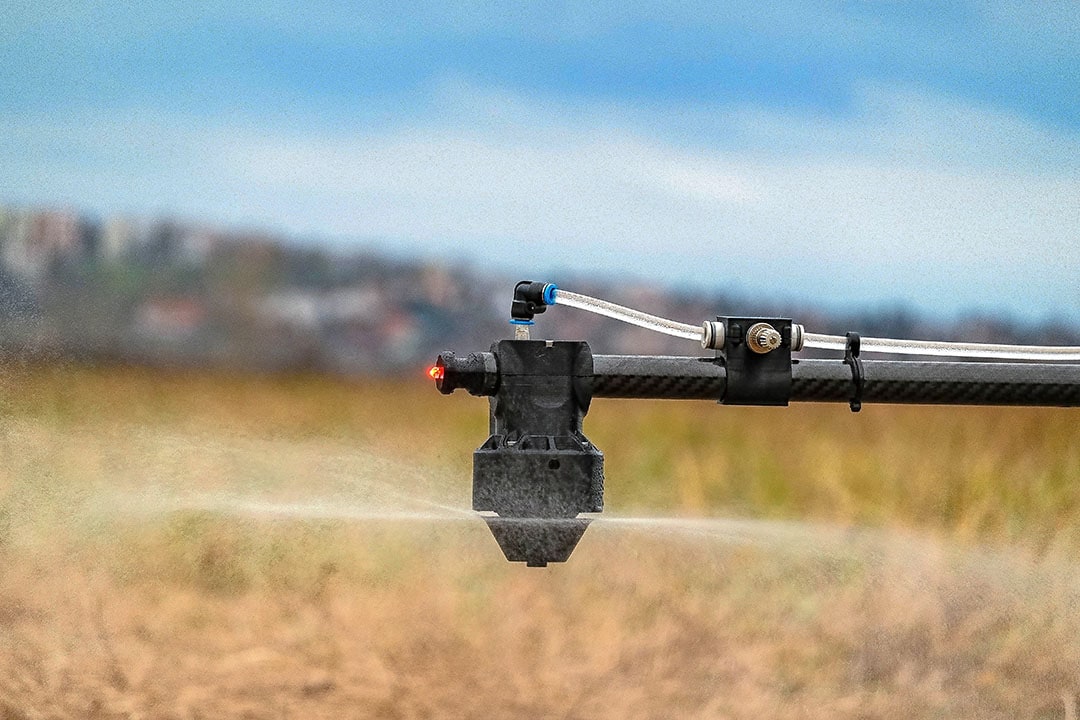
Do you really need a spray drone?
Considering the qualifications, cost and expertise required to operate a spray drone, it’s hardly surprising Dan’s first question is: do you really need a spray drone? A more cost-effective approach could be to employ a custom applicator or contractor. Drone spraying is so new that there are increasing opportunities for those investing in the qualifications, training and equipment to provide custom application services. Indeed, some suppliers, such as Rantizo, provide all that’s required in its Load & Go trailer, as well as the necessary training and support.
Text continues underneath image
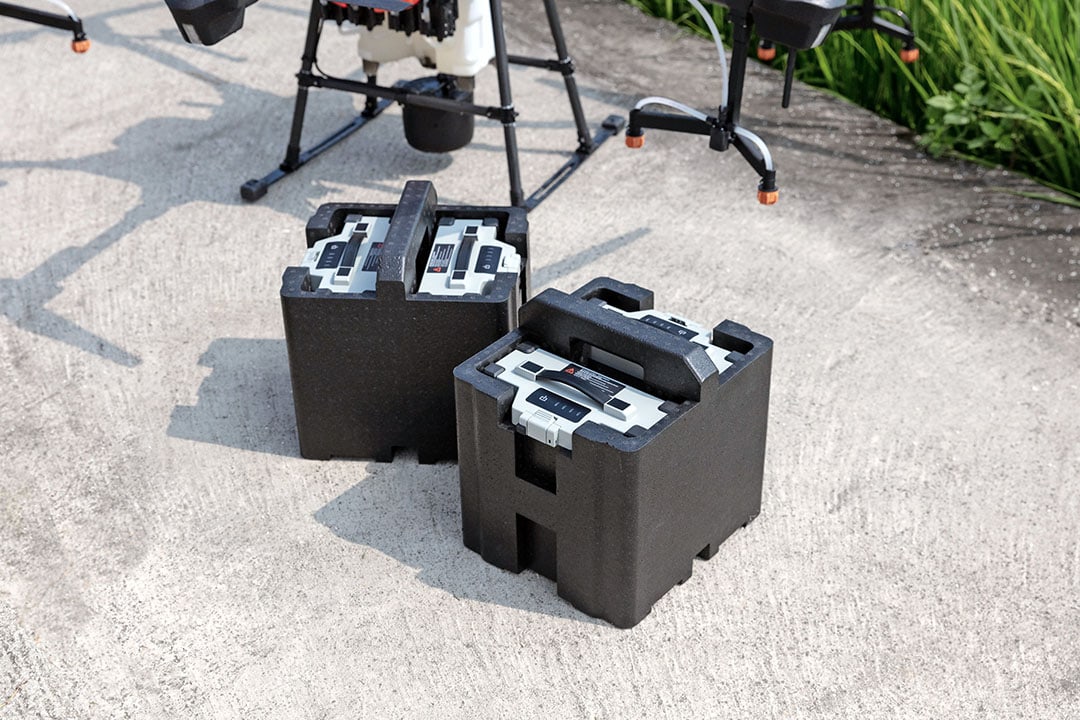
Size matters
Don’t be tempted to buy the largest capacity spray drone available, advises Dan. “It’s a farmer’s natural inclination to go for the biggest, highest capacity they can afford. But you need to consider how the drone will be used – and in many cases that will be highly targeted treatments and spot spraying. For this, timeliness of application and ease of use are more important than capacity,” he explains.
A drone weighting 10kg is considerably easier to manage than one any larger. It will fold easily for transport in a van or pick-up and it will usually be fairly easy to use. Smaller drones are unlikely to be any less sophisticated than a larger one, often coming with the same ground control station and software.
Owning your own drone puts you in control, which is important for timeliness and improving precision
“This will probably be perfect for more occasional users,” says Dan. “Owning your own drone puts you in control, which is important for timeliness and improving precision. And the easier it is to use, the more likely it is that it will be. But you need to fly the drone regularly. Don’t get rusty – just like a regular pilot you need to practice your skills to keep on top of the job.”
Text continues underneath image
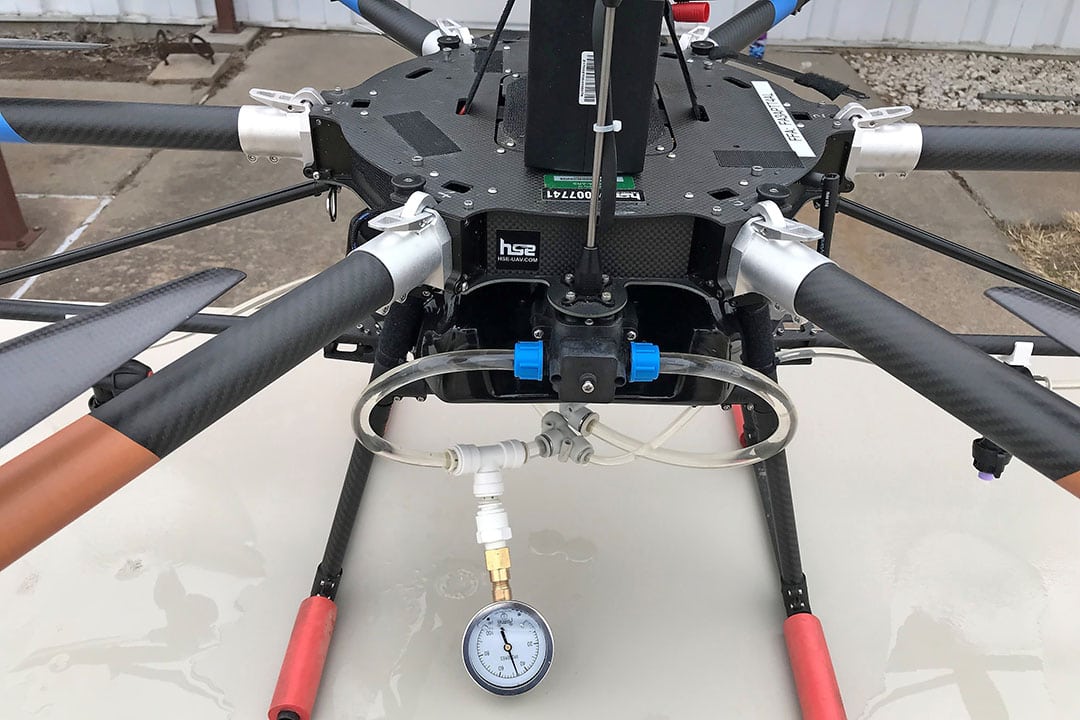
Join 17,000+ subscribers
Subscribe to our newsletter to stay updated about all the need-to-know content in the agricultural sector, two times a week.
